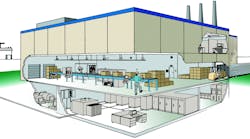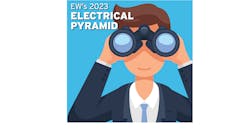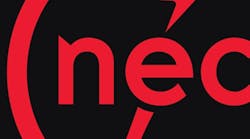From EC&M:
As we do every three years, we’re proud to present one of the most important articles we publish. After reviewing more than 4,000 proposals during the last Code cycle, acting on them, and reviewing public comments made on the accepted changes, the NFPA Code Making Panels and Technical Committee have wrapped up work on the latest edition of the National Electrical Code (NEC). The 2017 NEC was published last month by the NFPA and is now available.
Drawing upon the expertise of our long-standing NEC Consultant and Code guru Mike Holt, this article breaks down the key changes to the 2017 NEC that affect the largest number of our readers. This group of 25 revisions focuses on many topics — some of which are straightforward in nature and others that may spark industry debate. Take, for example, one change regarding 110.14 that may cause confusion. It requires the installer to use a properly calibrated tool for conductor terminations when a tightening torque is specified for the terminal by the manufacturer. According to Holt, this new rule may prove to be challenging because it brings up additional questions, such as: Does the inspector have to be on-site during the terminations to verify the tool being used? How will he or she know the tool is calibrated correctly? Has the tool been dropped since being calibrated? Should the inspector carry his or her own tools? Although this new rule may create some growing pains, Holt reminds us that it is intended to increase safety by ensuring proper terminations, which is definitely a good thing.
As you read through the analysis, please note that the underlined text is NEW to the Code. Although it might be slightly reworded or shortened from the actual text in the NEC, it’s a good representation of the intent of the real rule change.
Go to EC&M to read the rest:
2017 National Electrical Code Changes
By Mike Holt









